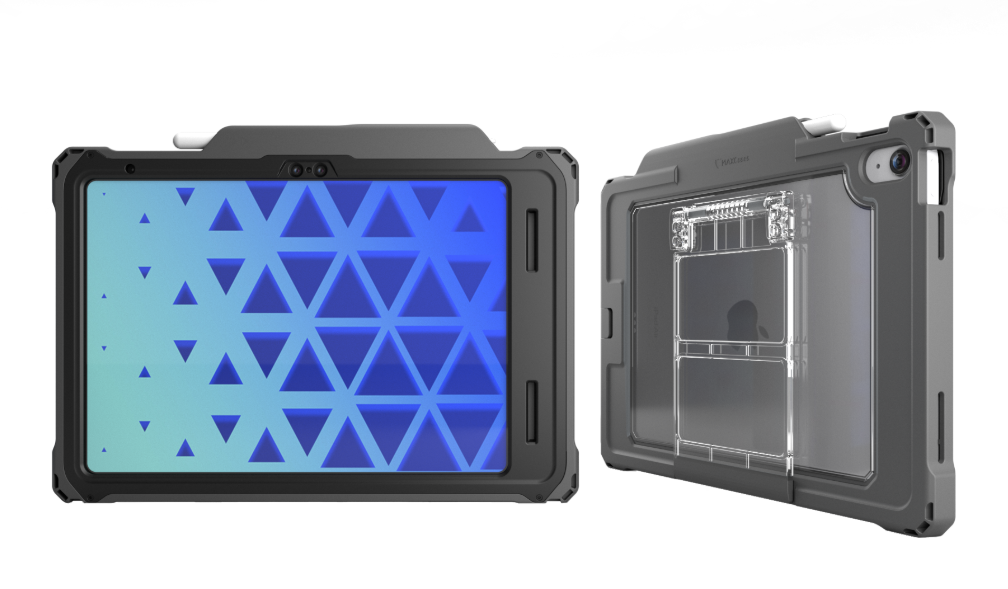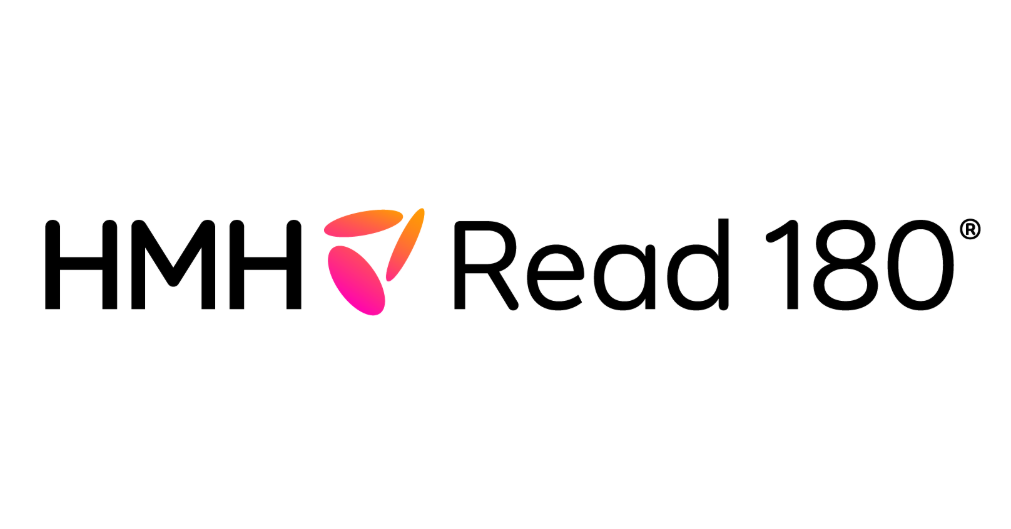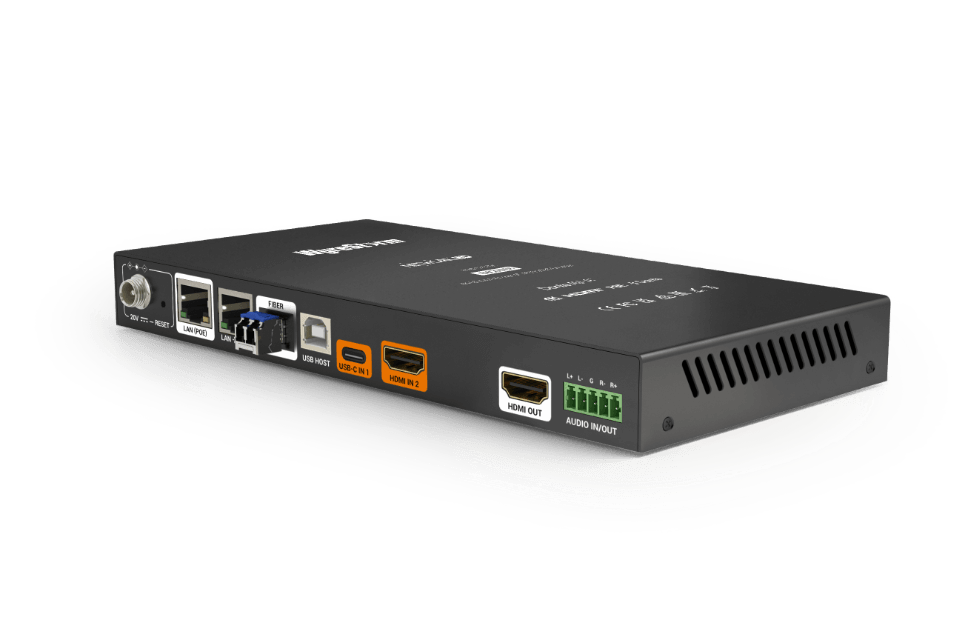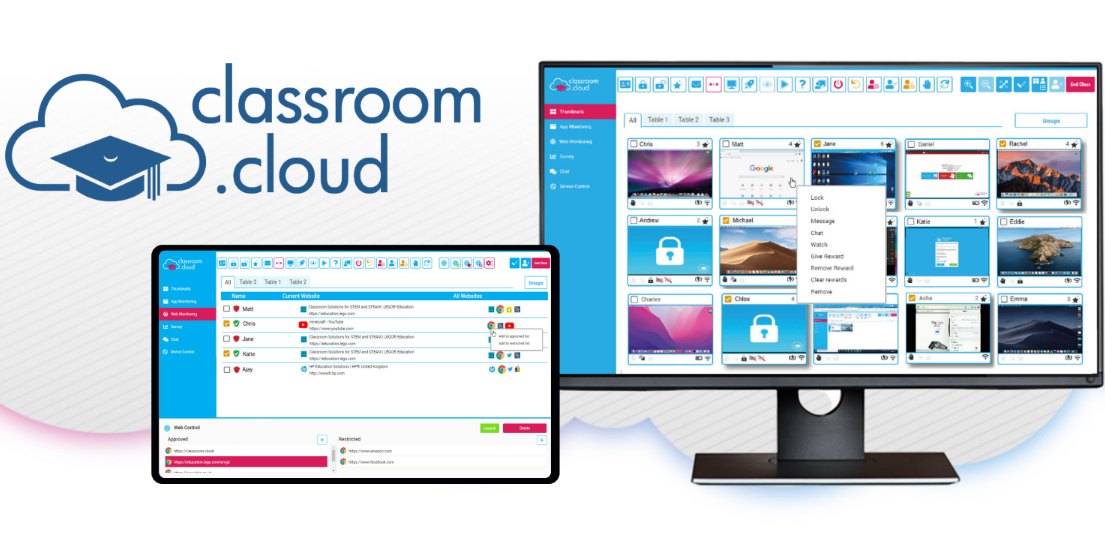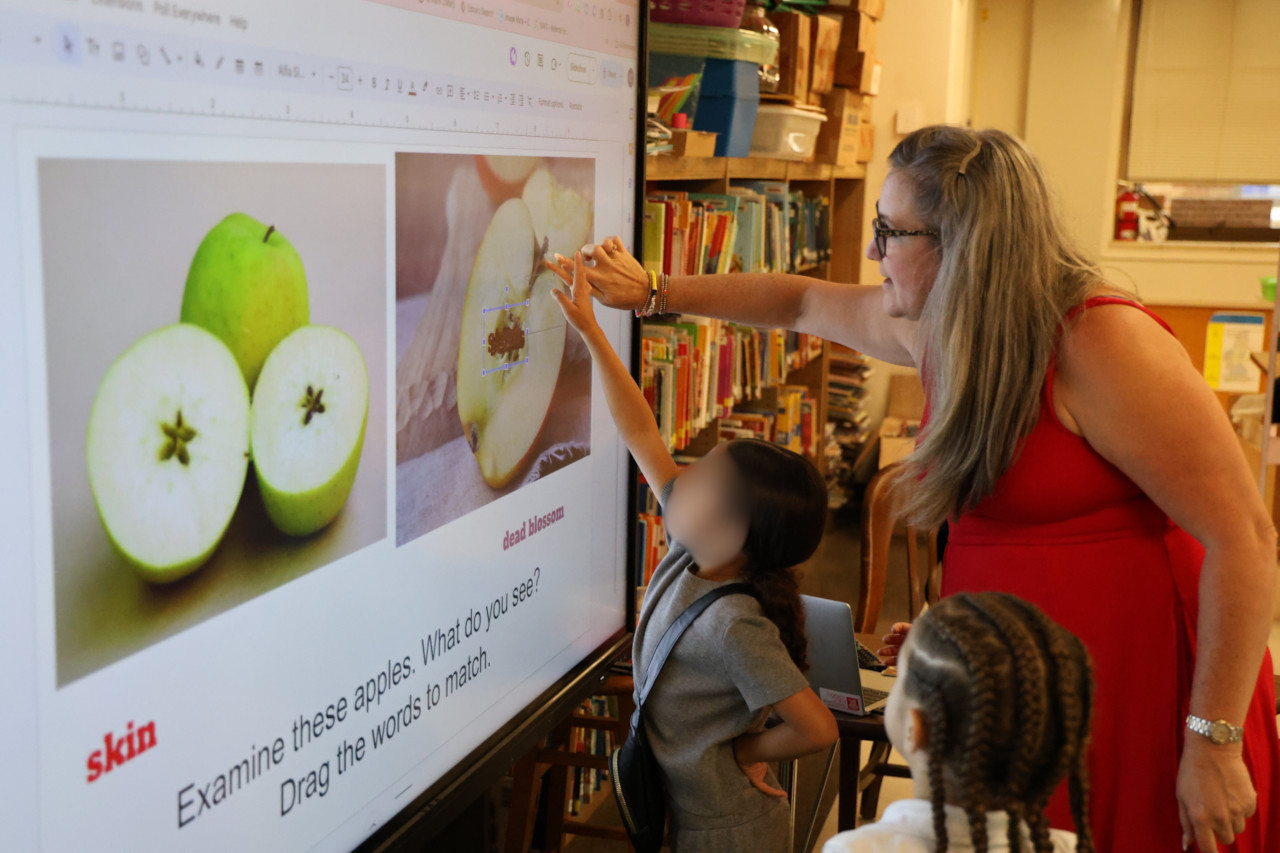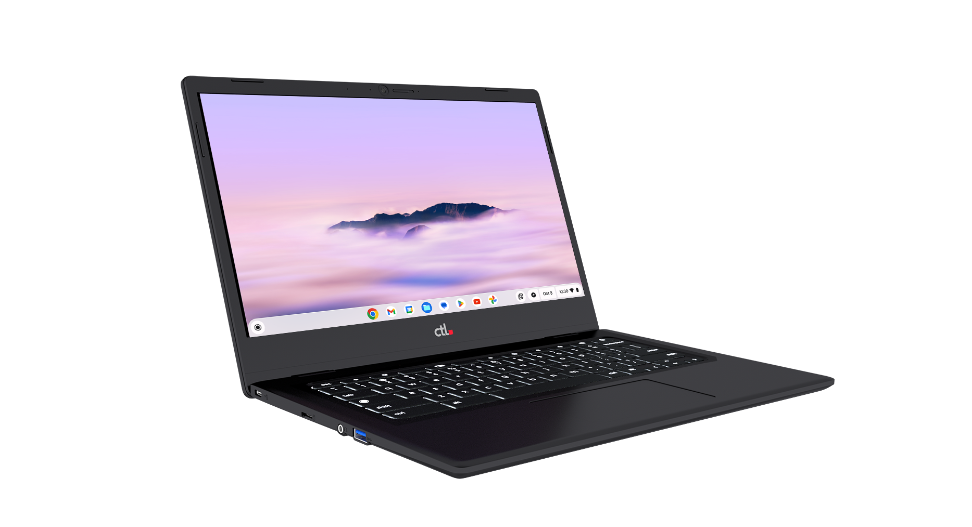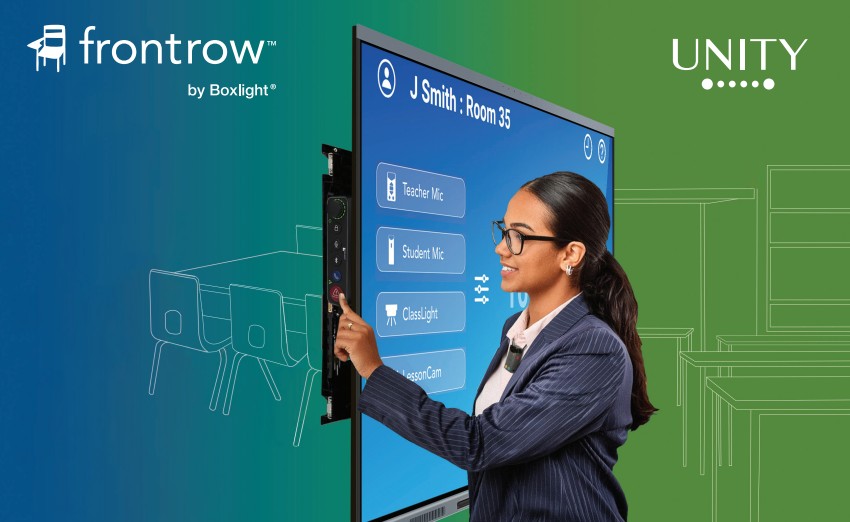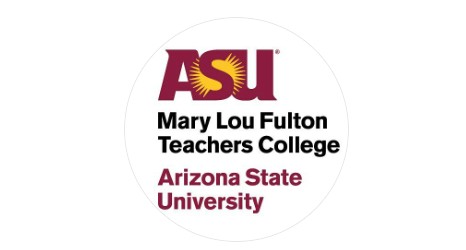E-RATE MODERNIZATION SUMMARY

The following is an excerpt from the new Guide to the E-rate 2.0, published by the Education Technology Industry Network (ETIN) of SIIA. You can download the full report HERE.
3 GOALS FOR THE E-RATE PROGRAM
Three main initiatives have been adopted to address increasing high-speed broadband accessibility, maximizing cost effectiveness, and streamlining the E-rate process.
* Target goals for Internet Access and WAN connectivity for schools are: at least 100Mbps per 1,000 students in the short term, eventually climbing to 1 Gbps per 1,000 users in the future, and a connection capable of providing a dedicated data service scalable to 10 Gbps per 1,000 students, respectively.
* Target Internet Access For Libraries – at least 100 Mbps for libraries that serve less than 50,000 patrons and 1 Gbps for libraries that serve 50,000 or more.
* The FCC has set a target goal for USAC to issue funding commitments or denials for all “workable” funding requests by September 1st of each funding year.
FUNDING FOR BROADBAND WITHIN SCHOOLS AND LIBRARIES
* Previously known as Priority Two, internal connections and basic maintenance are now considered Category Two purchases, while services needed to support connectivity are now Category One.
* The highest discount percentage for Category Two (C2) discounts will decrease from 90% to 85%.
* C2 funding requests are now capped by a five-year budget.
* For applicants that receive C2 support in Funding Years 2015 and/or 2016, the rolling funding cycle of five years will replace the current 2-in-5 rule.
* In addition to Internal Connections and Basic Maintenance, Managed Internal Broadband Services and Caching are now eligible for Category Two support.
PHASING OUT SUPPORT FOR LEGACY SERVICES
* Voice services, including plain old telephone service, cellular, and VoIP, will be phased down by 20% each funding year until the service is no longer eligible for E-rate support.
* Support has been eliminated for outdated and non-broadband services such as directory assistance, text messaging, paging, call forwarding/blocking, voicemail, email and Web hosting.
* Mobile data plans and air cards will continue to be eligible only if an applicant can prove that these options are the most cost-effective for providing internal broadband at its site.
MAXIMIZING E-RATE SPENDING
* USAC will post information regarding services and equipment purchased by schools and libraries on its Web site.
* Consortia applications will receive prioritization during the review process. Consortium leads may seek bids on behalf of the consortium members, even without having the authority to purchase services.
* Preferred master contracts for eligible Category Two services or goods may be exempt from the FCC Form 470 filing requirement.
STREAMLINING AND SIMPLIFYING ADMINISTRATIVE REQUIREMENTS
* Applicants with qualifying multi-year contracts will only be required to submit a complete FCC Form 471 for the first year of the contract and an abbreviated version for the subsequent years of the agreement. The contract cannot exceed five years and any changes must fall within the scope of the original Form 470.
* Technology plans are no longer required for Category Two services—beginning Funding Year 2015.
* Beginning FY2015, Internet access is exempt from the Form 470 process if the following requirements are met: (1) commercially available; (2) at least 100 Mbps downstream and 10 Mbps upstream; (3) annual pre-discount price of $3,600 or less, including one-time installation and equipment fees.
* Applicants only need to have entered into a binding agreement with a service provider and be able to provide evidence of the agreement to submit a Form 471. Supporting documentation can include a signed contract or bids listing terms of conditions with written acceptance of the offer.
* Service providers and applicants will be required to file all documents electronically with USAC. Notifications and correspondence from USAC will be completed electronically as well. This requirement will be implemented gradually over the next three funding years.

DISCOUNT RATE CALCULATIONS
In an attempt to simplify the method of calculating discount rates, modifications have been made to the current calculation processes.
* Districts will have a single district-wide discount rate.
* Library systems with branches or outlets in more than one school district must use the address of the central outlet to determine the school district in which it is included.
* The rural/urban designation is now defined according to Bureau of the Census standards.
* Applicants participating with the Community Eligibility Provision (CEP) of the National School Lunch Program (NSLP) can utilize the same approach for determining their E-rate discount as for determining their NSLP reimbursement rate.
* Beginning with Funding Year 2015, applicants that determine their discount rate based upon surveys are no longer permitted to use extrapolation. The eligibility percentage must be determined by the actual number of surveys collected.
INVOICING AND DISBURSEMENTS
With increased efficiency for both USAC and E-rate stakeholders in mind, the invoicing and disbursement processes are amended to reflect the streamlining goal.
* Applicants that use the BEAR method will be directly reimbursed by USAC, beginning Funding Year 2016.
* The invoicing deadline remains 120 days after the last day to receive services, or the FCC Form 486 Notification Letter date (whichever is later). Applicants are now allowed one 120-day invoice deadline extension upon request.
FILING APPEALS WITH USAC
The FCC has identified a trend in which appeals are becoming backlogged as more opt to forgo petitioning USAC and appeal directly to the Commission.
* All appeals relating to actions made by USAC, including E-rate matters, must first be filed with USAC before seeking FCC review.
* Parties seeking only a waiver of the FCC’s rules must seek relief directly from the FCC.
ADDITIONAL MEASURES TO IMPROVE THE ADMINISTRATION OF THE E-RATE PROGRAM
In addition to Speed Reviews, publicly posting non-confidential E-rate data, and other rule changes, the Commission has taken strides towards further alleviating the administrative burden of the Program.
* USAC will continue to update its E-rate IT systems to include an online portal with pre-populated information for returning applicants and service providers.
* The FCC directs USAC to adopt simple, direct, and user-friendly communications.
* Previously held at 5 years, the document retention period has been extended to at least 10 years past the last date of service or installation.
Tech & Learning Newsletter
Tools and ideas to transform education. Sign up below.
